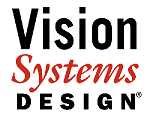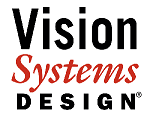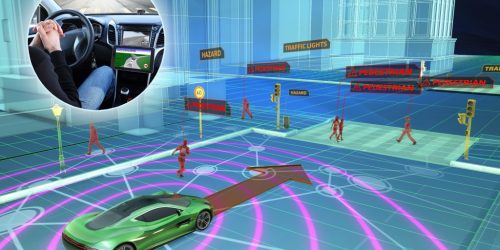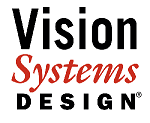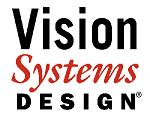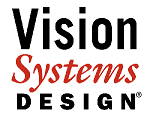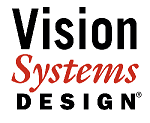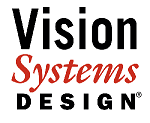The Embedded Vision Summit: Past Years’ Replays are This Year’s Preview
This blog post was originally published at Vision Systems Design's website. It is reprinted here with the permission of PennWell. Over the past several weeks, as regular readers may have noticed, I've mentioned the upcoming Embedded Vision Summit, managed by the Embedded Vision Alliance (for which I act as editor-in-chief). "Upcoming" is "now", actually; as […]
The Embedded Vision Summit: Past Years’ Replays are This Year’s Preview Read More +

